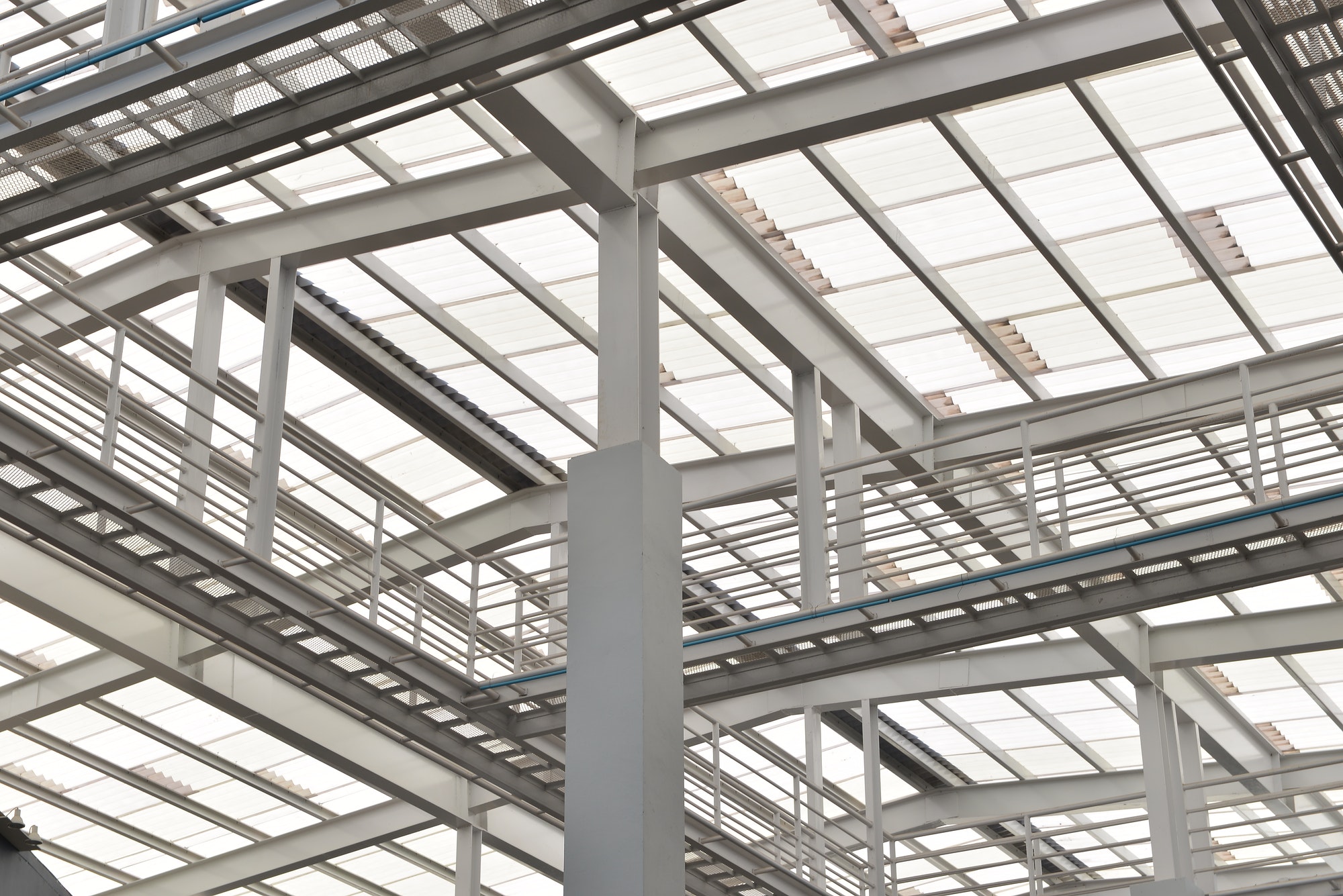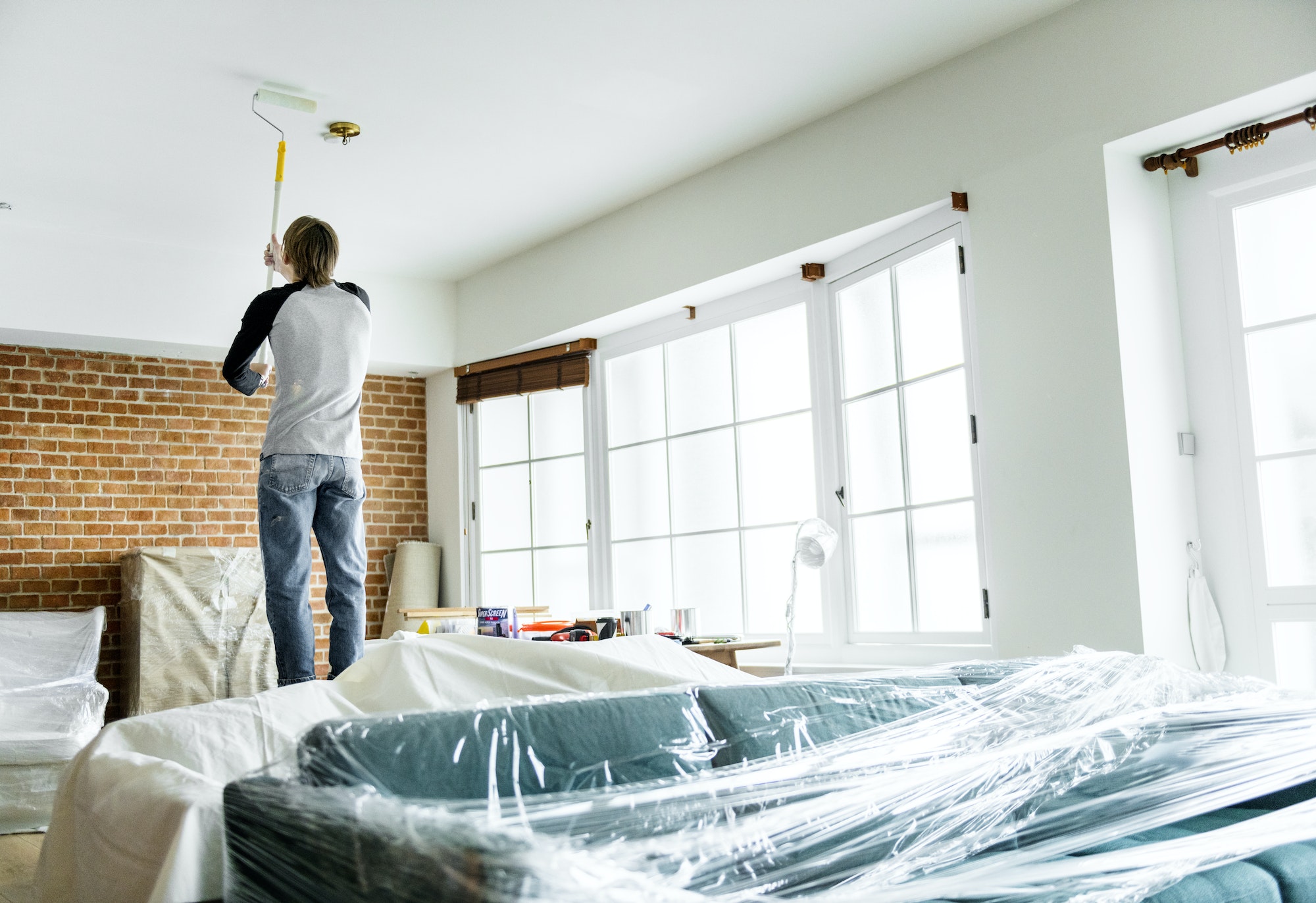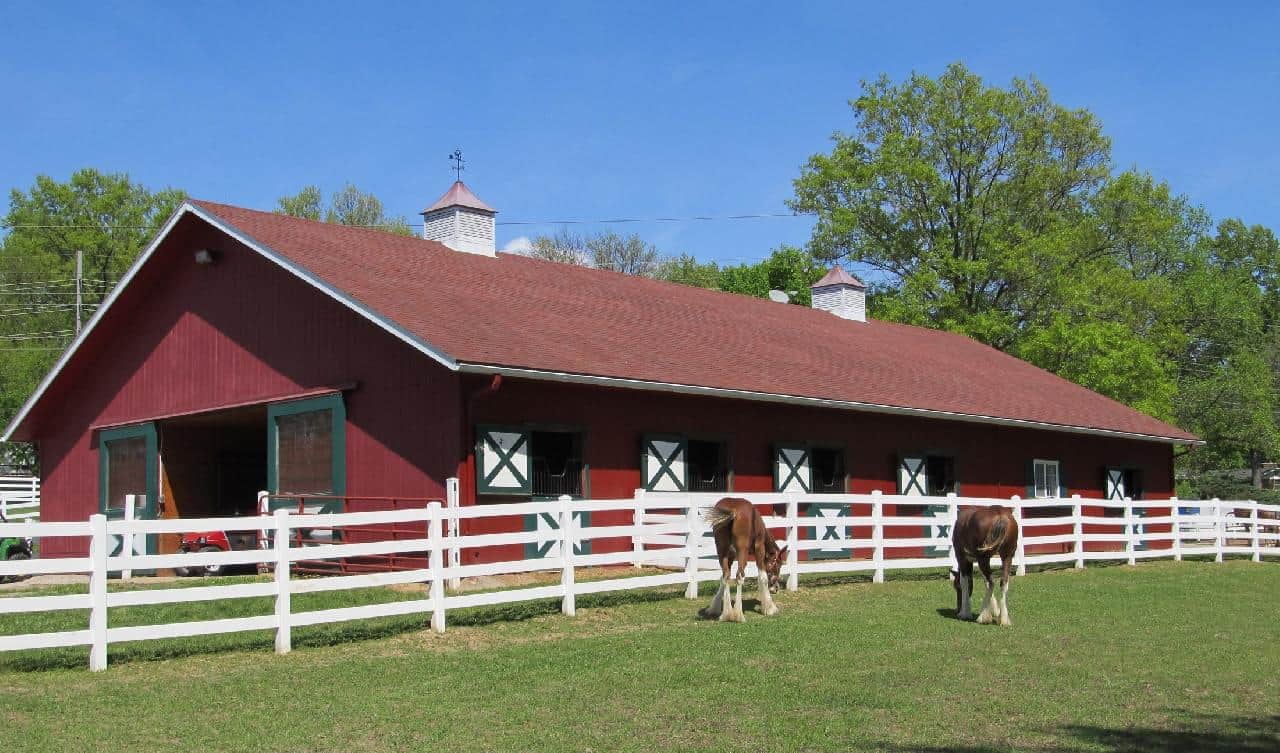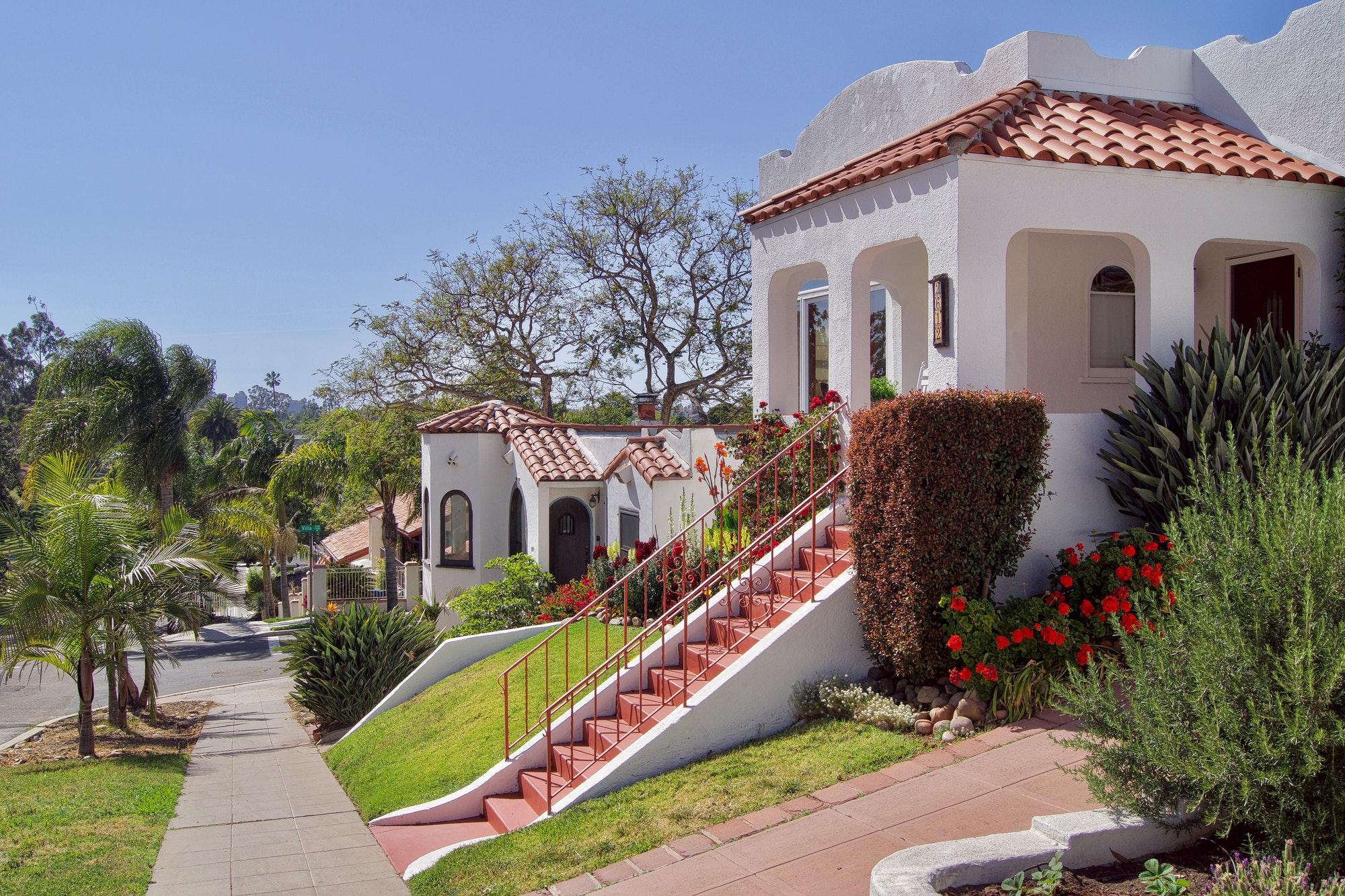It is not an unknown fact that a building’s overall health depends significantly on its roofs. In the case of commercial buildings, the quality of roofs plays a vital role in determining your business potential as it protects the building from molds, leakage, and Lost energy. Generally, a commercial roof is built depending on the building’s requirement and the owner’s budget.
The various weather conditions, pollution, surrounding atmosphere, and heavy foot traffic are also considered critical factors in determining the integrity and durability of a roof. There can be a plethora of available options of roofing materials in the market when you search for one to replace the damaged one or make a new one.
So deciding and analyzing all the pros and cons of each roof can be pretty confusing, which is why you should contact a roofing company like Commercial Roofing Solutions. Here, in this article, we list some of the well-known roofing materials that will ensure the long-term protection of your commercial building from scorching temperature or heavy rainfall and give your building an aesthetic look.
Best Roofing Materials for Commercial Building
1. Metallic Roofs
One of the most popular and common roofing types used in thousands of commercial buildings is roofing with metals. There are loads of metals available in the market, fit to be used in solid and sustainable roofings, namely –
- galvanized steel that’s is corrugated
- Aggregates of zinc, aluminum, and silicon-coated steel
- Tile sheets
- Copper roofing
- Aluminum roofing
- Stone-coated or stainless steel
- Tin
Rather than the traditional roofing options, the roofs made with durable metals protect the building from long hours of scorching heat, bashing rainfall, damages from pollution, and other natural calamities providing a durable and sustainable top layer. This type of roof can easily last up to 40 to 60 years. It also offers a stunning finished look compared to other roofing options.
Metal roofing options are becoming more and more famous because of their fire-resistant ability and attractive and sustainable look. Still, of course, you have to keep in mind the budget and lasting capability of the roofing metal while choosing one. But one thing is for sure it is a better commercial roofing solution than the old traditional roofs.
2. Built-up Roofing Membrane
Built-up roofing membrane, popularly known as BUR roofing, is one of the most commonly used and oldest roofing materials. It essentially consists of two consecutive layers of tar and gravel. These multiple layers of this roofing provide more extended durability and lesser costs. The inexpensiveness and easy repairing advantages, and flexibility are the factors that make this roofing option popular and demanding.
It is also considered one of the most rigid roofing types; its seamless and stable low slope structure makes it more robust against heavy foot traffic vibrations. It also protects the building from sun damage and UV rays. Though it has only one downside – BUR is considered one of the shortest lifespans at only 20 years. And because of the double layer, it is sometimes problematic to spot the source of leakage when the building gets old.
3. Modified Bitumen Roofing
Like the BUR roofing, modified bitumen roofing is made with bitumen cut and put in layers where the reinforced roofing material works as carriers for the bitumen. In a two-ply way, it is installed on the rooftops of highly active commercial buildings to offer maximum tensile strength and stability compared to other flat rooftops. Modified Bitumen Roofs can be ideal for buildings prone to regular foot traffic.
With the recent advancement, the modified bitumen roofing is more capable of resisting heat and fire hazards common in the building with wooden structures near their rooftops. Besides, this type of roofing is easy to maintain with just a yearly wash and inspection.
4. Green Roofing
Green roofings have been a masterpiece in recent years for commercial business properties. These versatile roofs are made of a water-resistant membrane covered by a green canopy of plants. The presence of plants enhances the quality of fresh air and adds greenery for the employees to relax and rest.
Green roofs are beneficial for their efficient water and drainage system, climate control sensors, and energy improvement capabilities. Though they can be tiring as they require regular maintenance and monitoring, it is undeniably a more eco-friendly and sustainable option for your commercial building.
5. TPO and PVC Roof Membranes
There are two types of thermoplastic roofs available one is Thermoplastic polyolefin (TPO) and the other is Polyvinyl chloride (PVC). They are excellent in fire-wind resistance, puncture resistance, heat reflection, and prevention of adverse weather conditions and UV Lights.
They are ideal for restaurants and other buildings that emit chemicals like oil and fat and are prone to bacterial growth. Just be sure to buy high-quality products from well-known manufacturers because many small manufacturers try to sell their poor and cheap quality products due to the high demands of TPO and PVC.
6. Thermoset Roof Membrane
Thermoset Roofing, also known as ethylene propylene diene terpolymer (EPDM) roofing, is made from a single-ply rubber material that helps decrease your energy costs. They are a great choice in preventing your building from UV light and ozone rays, and they provide all-over protection against acids and solvents, sun, and pollution.
These versatile and durable roofing materials have the advantages of easy repairing and maintenance that sustain their high demands compared to other roofing materials. However, there is a downside to EPDM! It doesn’t give off that much of an aesthetic look. Also, it is not that rigid and can easily puncture or tear.
7. Shingles
Although they are widespread in residential buildings, shingles are used in commercial buildings. Asphalt, architectural, slate, plastic and ceramic, and many other materials come under the radar of shingle roofing. The maximum advantage of installing shingle roofing is that they are easy to install, come at an affordable price, and are versatile.
The commercial buildings with relatively steeper rooflines prefer to install shingle roofing. However, you should keep in mind that most shingle brands tend to have a shorter lifespan, and if your building is very shadowy, you may experience dew and moss problems with your single rooftop.
Conclusion
Whether you want to replace the damaged and leaking old roof of your commercial building or you want one for a new build, consider these options as mentioned earlier, as they will help you choose the right one suitable for your building. Apart from that, while choosing a roofing material for your building, keep in check the climate, surrounding atmosphere, and other external variables like animals, foliage, and activity rate of the building. It will also impact the durability and efficiency of the roof of your commercial building.
Discover more from Futurist Architecture
Subscribe to get the latest posts sent to your email.



